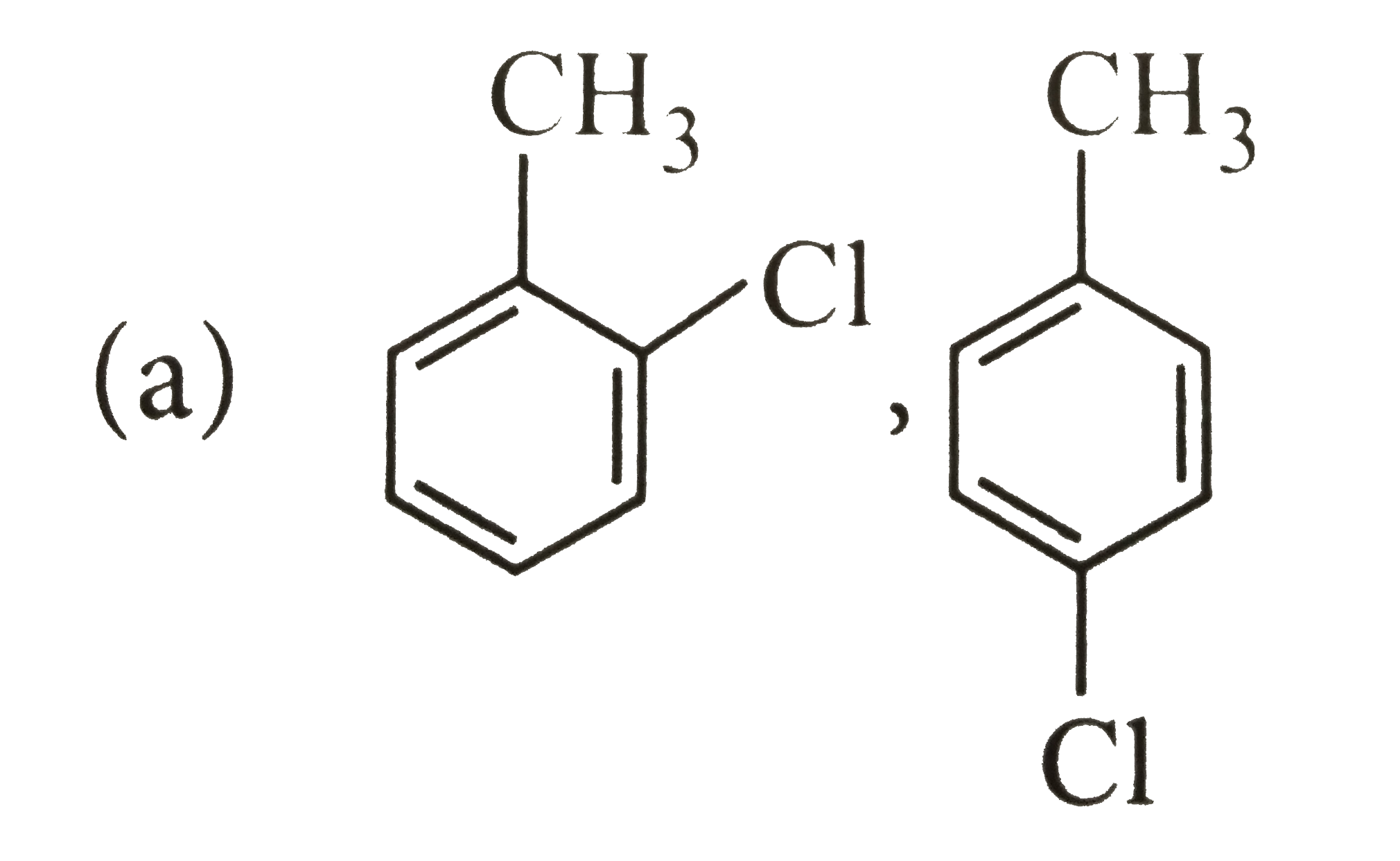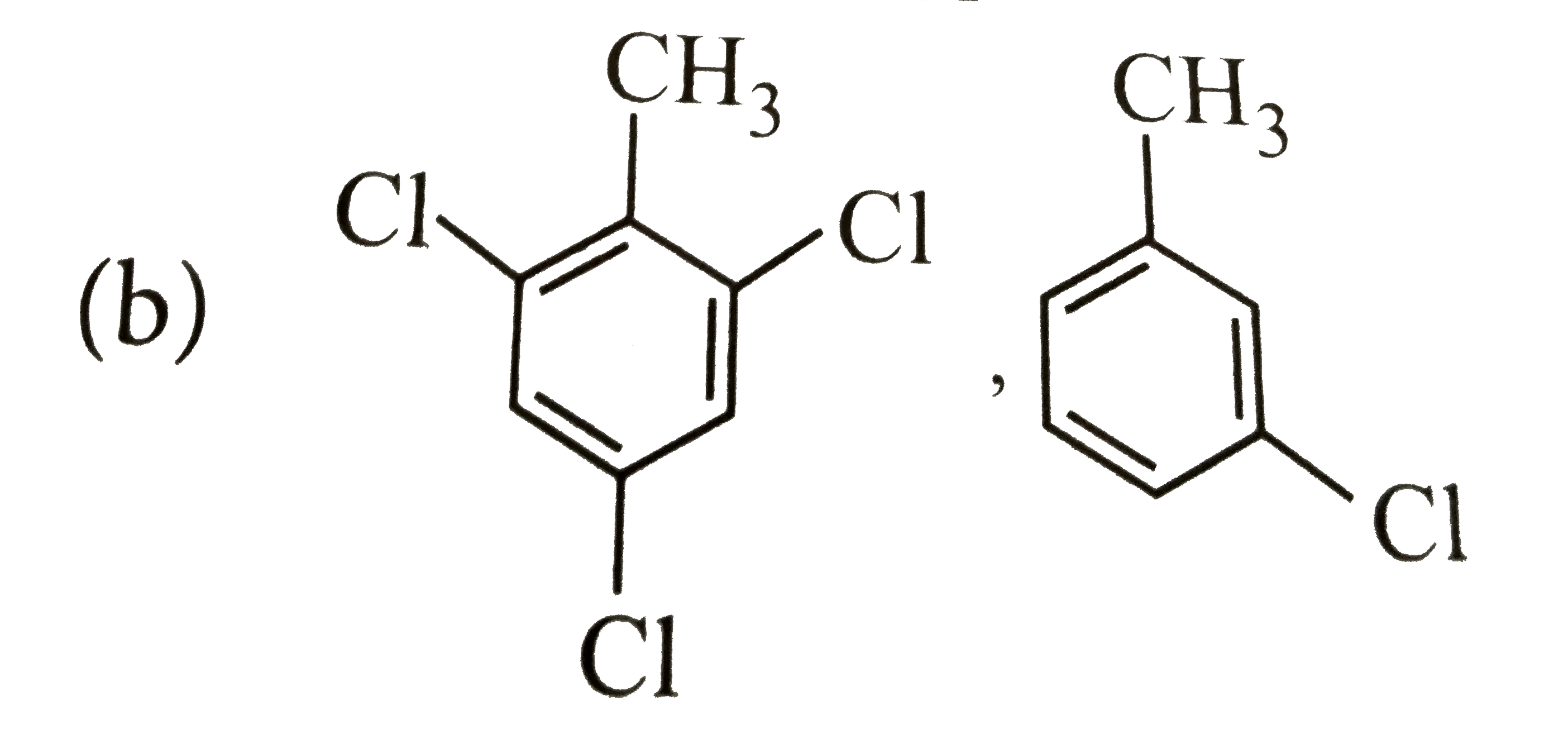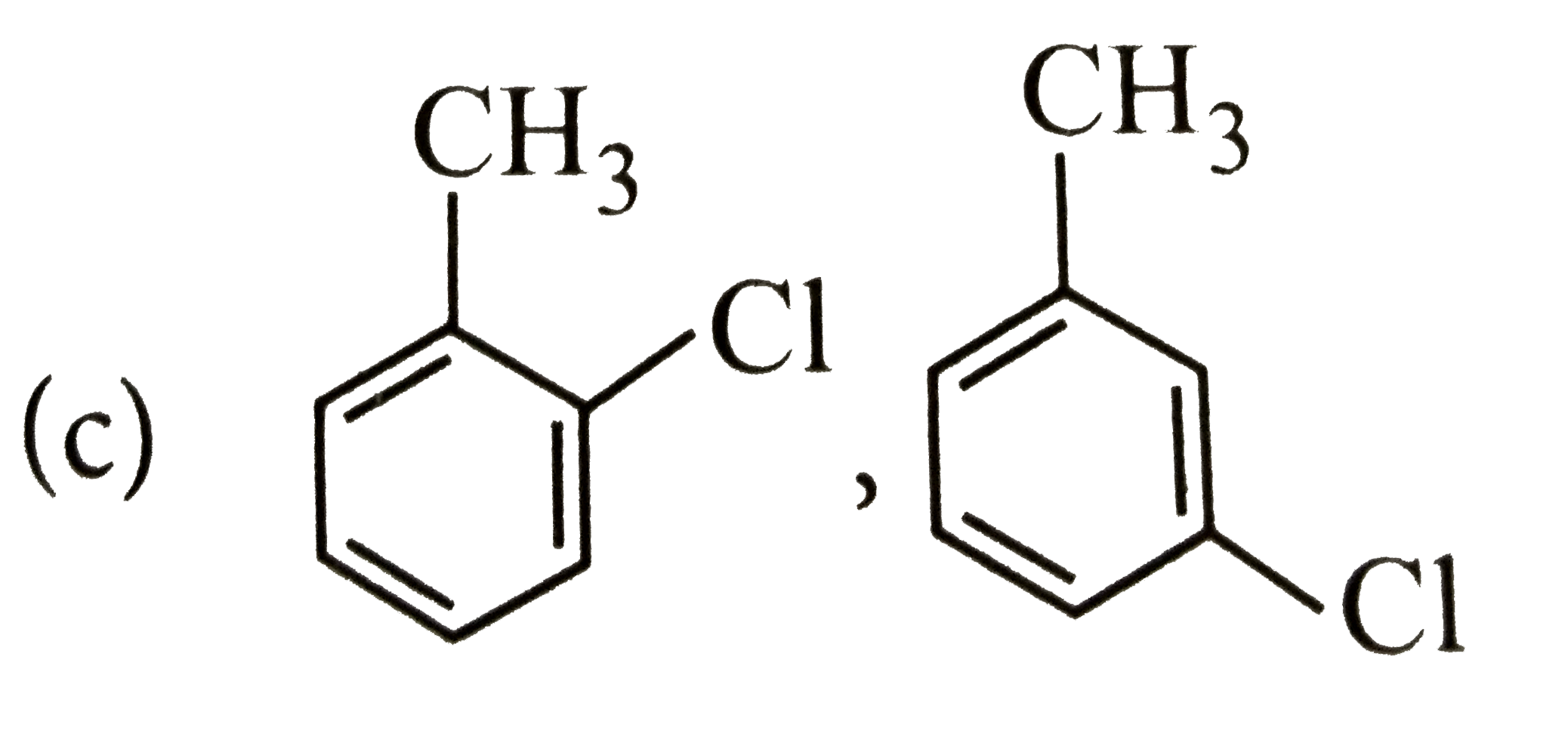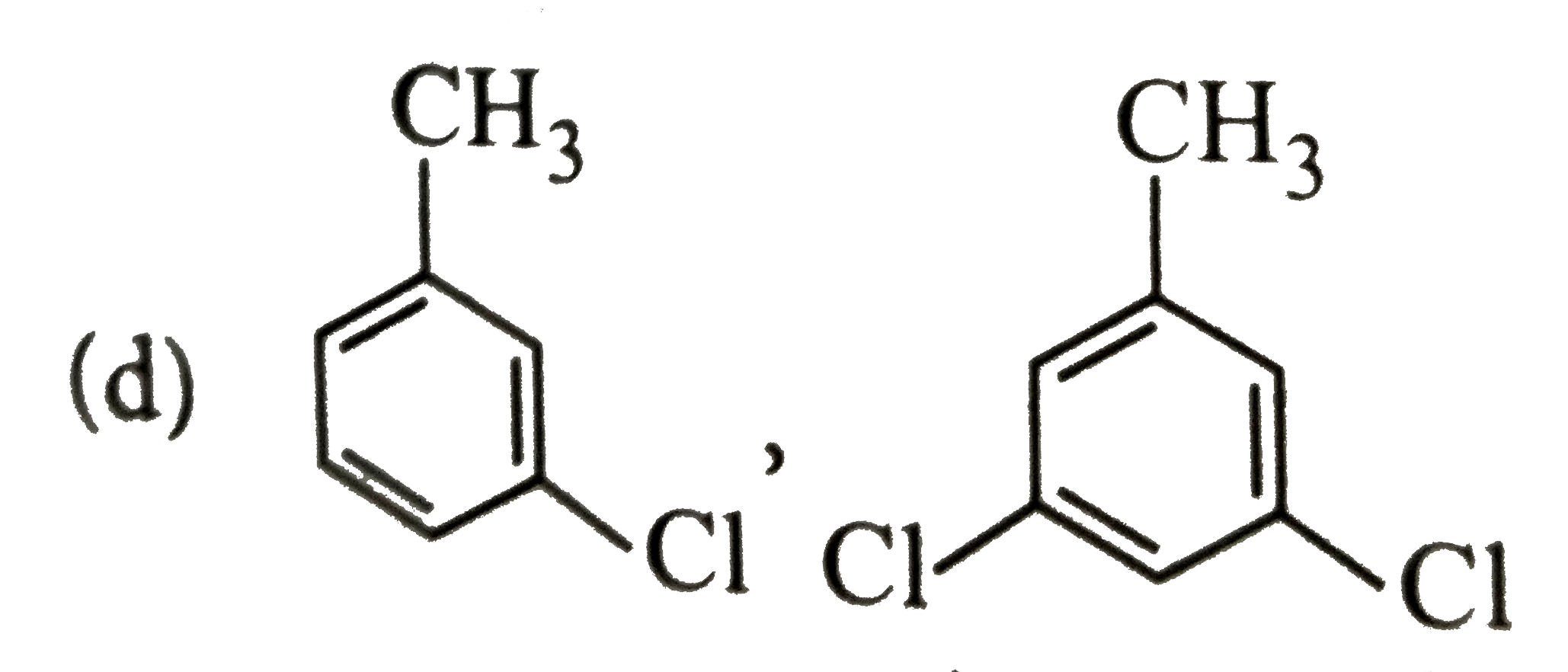Compound (X) of molecular formula C4H8 takes up one equivalent of hydrogen in presence of Pt to form another compound (Y),(X) on ozonolysis gives acetaldehyde as the only product. Compound (X) is
CH3−CH2−CH=CH2
CH3−CH=CH−CH3
Cyclobutane
Cyclobutene
The correct Answer is:B
To solve the problem, we need to determine the structure of compound (X) with the molecular formula C₄H₈, which undergoes hydrogenation to form compound (Y) and gives acetaldehyde upon ozonolysis.
1. Determine the Degree of Unsaturation (DU):
- The formula for calculating the degree of unsaturation (DU) is:
DU=C+1−H2−X2+N2
- For C₄H₈:
- C = 4
- H = 8
- X (halogens) = 0
- N (nitrogens) = 0
- Plugging in the values:
DU=4+1−82=4+1−4=1
- This indicates that there is either one double bond or one ring in the structure.
Hint: The degree of unsaturation helps us identify the presence of rings or double bonds in the compound.
2. Identify Compound (X):
- Since DU = 1, compound (X) could be an alkene or a cyclic compound.
- The molecular formula C₄H₈ suggests it could be butene (either 1-butene or 2-butene).
3. Hydrogenation of Compound (X):
- Compound (X) takes up one equivalent of hydrogen in the presence of platinum (Pt), indicating it is an alkene.
- The hydrogenation of an alkene will yield an alkane. Thus, if (X) is butene, it would convert to butane (C₄H₁₀).
4. Ozonolysis of Compound (X):
- The ozonolysis of compound (X) gives acetaldehyde (CH₃CHO) as the only product.
- Acetaldehyde is a product of breaking a double bond in a specific manner. For butenes, ozonolysis typically yields two moles of acetaldehyde if the double bond is in the correct position.
5. Determine the Structure of Compound (X):
- The only butene that can yield two moles of acetaldehyde upon ozonolysis is 2-butene (CH₃-CH=CH-CH₃).
- The ozonolysis of 2-butene results in:
Ozonolysis of 2-butene→2×Acetaldehyde
6. Conclusion:
- Therefore, compound (X) is 2-butene (C₄H₈).
Final Answer:
Compound (X) is 2-butene.
---
- The formula for calculating the degree of unsaturation (DU) is:
DU=C+1−H2−X2+N2
- For C₄H₈:
- C = 4
- H = 8
- X (halogens) = 0
- N (nitrogens) = 0
- Plugging in the values:
DU=4+1−82=4+1−4=1
- This indicates that there is either one double bond or one ring in the structure.
- Since DU = 1, compound (X) could be an alkene or a cyclic compound.
- The molecular formula C₄H₈ suggests it could be butene (either 1-butene or 2-butene).
- Compound (X) takes up one equivalent of hydrogen in the presence of platinum (Pt), indicating it is an alkene.
- The hydrogenation of an alkene will yield an alkane. Thus, if (X) is butene, it would convert to butane (C₄H₁₀).
- The ozonolysis of compound (X) gives acetaldehyde (CH₃CHO) as the only product.
- Acetaldehyde is a product of breaking a double bond in a specific manner. For butenes, ozonolysis typically yields two moles of acetaldehyde if the double bond is in the correct position.
- The only butene that can yield two moles of acetaldehyde upon ozonolysis is 2-butene (CH₃-CH=CH-CH₃).
- The ozonolysis of 2-butene results in:
Ozonolysis of 2-butene→2×Acetaldehyde
- Therefore, compound (X) is 2-butene (C₄H₈).
Compound (X) is 2-butene.
Similar Questions
Knowledge Check
A compound X with molecular formula C7H8 is treated with Cl2 in presence of FeCl3. Which of the following compounds are formed during the reaction?
A B
B C
C D
D
A compound X has a molecular formula of C5H10. Write down the empirical formula of X.
View SolutionA compound 'X', molecular formula C4H8Br2 on treatment with zinc in an alcoholic solution, forms an alkene Y. Compounds X and Y respectively are
View SolutionA compound (A) with molecular formula C5H10 gives one monochlorination product. Compound (A) is:
View SolutionA hydrocarbon (X) of the formula C6H12 does not react with bromine water but reacts with bromine in presence of light, forming compound (Y).Compound (Y) on treatment with Alc. KOH gives compound (Z) which on ozonolysis gives (T) reduces Tollens reagent which gives compound (W) after acidification . (W) gives iodoform test and after acidification produce compound (U) which when heated with P2O5 forms a cyclic anhydride (V).
Compound 'x' is
View SolutionCompound (X) having molecular formula C6H12Cl2 on hydrolysis gives a ketone. Therefore (X) will be
View SolutionA hydrocarbon (X) of the formula C6H12 does not react with bromine water but reacts with bromine in presence of light, forming compound (Y).Compound (Y) on treatment with Alc. KOH gives compound (Z) which on ozonolysis gives (T) reduces Tollens reagent which gives compound (W) after acidification . (W) gives iodoform test and after acidification produce compound (U) which when heated with P2O5 forms a cyclic anhydride (V).
Compound W is
View SolutionA hydrocarbon (X) of the formula C6H12 does not react with bromine water but reacts with bromine in presence of light, forming compound (Y).Compound (Y) on treatment with Alc. KOH gives compound (Z) which on ozonolysis gives (T) reduces Tollens reagent which gives compound (W) after acidification . (W) gives iodoform test and after acidification produce compound (U) which when heated with P2O5 forms a cyclic anhydride (V).
Compound V is
View Solution
